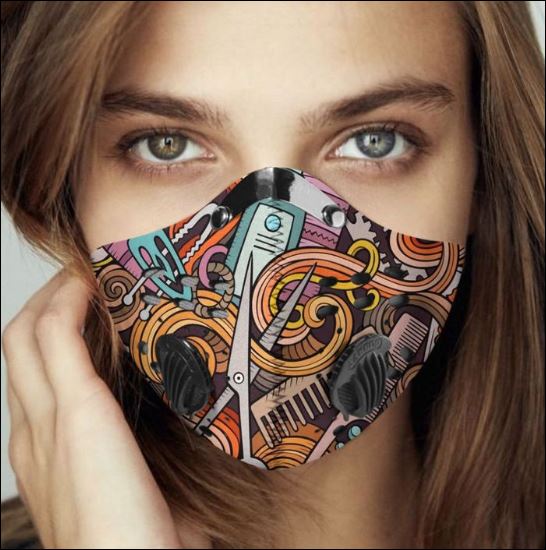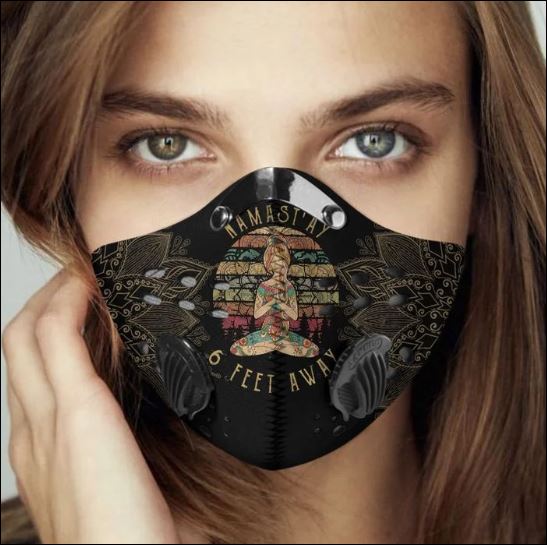You must have heard of color charts by now! Today, most companies are making use of charts to represent different objects. Color is subjective, and each color represents different ideas. Basically, it is found that there are different shapes of a single color which are referred to with different names. With the help of a chart it is possible to describe the color of bromeliad parts. Now, there is no need of referring to a color as red or yellow, instead, you have possibility of using a number from the chart. What is a color chart? Bernie sitting in another zoom meeting like Firstly, it is vital for you to know the meaning of color charts. They are also referred to as color reference cards which are defined as flat physical objects that come with a variety of color samples. It is either a one page chart or available in the form of swatch books or even color- matching fans. Printable color chart templates appear to be very handy. This can help you carry the copy in your wallet and refer to colors as and when necessary. Understanding the color wheel The color wheel is considered to be a chart that would reflect different colors that you probably see in a rainbow or the colors obtained when white light passes through a prism. Basically, the color wheel contains 12 shades and follows the basic principle of color theory. Primary colors need no mixing!
Click to buy it on Ethershirt
Bernie sitting in another zoom meeting like mug

Once you have the primary colors in hand, there is no chance of mixing it with any other colors. The primary colors may include red, blue. Red, Orange, Yellow, Green, Blue, Indigo, Violet. The Colors of the rainbow, color shapes how we see our world. Color has been around before dinosaurs, and before that, and what ever was before that, so whenever that was color was there. There will always be an infinite amount of color because blending colors makes new colors and blending those colors makes, you get the point. Bernie sitting in another zoom meeting like But are we really seeing theses colors? Is our brains just misleading us? Those questions will be answered through this presentation and many other colorful questions will be too, so let ‘s dive into our world of color. First let’s lay it out in lavender, with the history of color scientifically. Then we will “blend” into the science of color, and illusions. Next we will talk about how color affects our mood and life. Lastly let roll out the red carpet for, how the world looks at color.
Where to buy it ?



There is no history of how color came about. Mind Blowing right? Well there is history of science behind this phenomenon. Let’s start by defining color, color is “the property of reflecting light of a particular wavelength: the distinct colors of the spectrum are red, orange, yellow, green, blue, indigo, and violet, each of these shading into the next; the primary colors of the spectrum are red, green, and blue, the light beams of which variously combined can produce any of the colors” Now with that defined let me explain who discovered this thing called the Electromagnetic spectrum. Isaac Newton in the 1600’s, Perception. The ability to see, hear, or become aware of something through one of the five senses (Kandel, Schwartz, & Jessell, 2000). Bernie sitting in another zoom meeting like In other words, it is the process of interpreting and organizing sensory information. Perception must be understood according to figure-ground, similarity, proximity, continuity, and other organizing principles.






